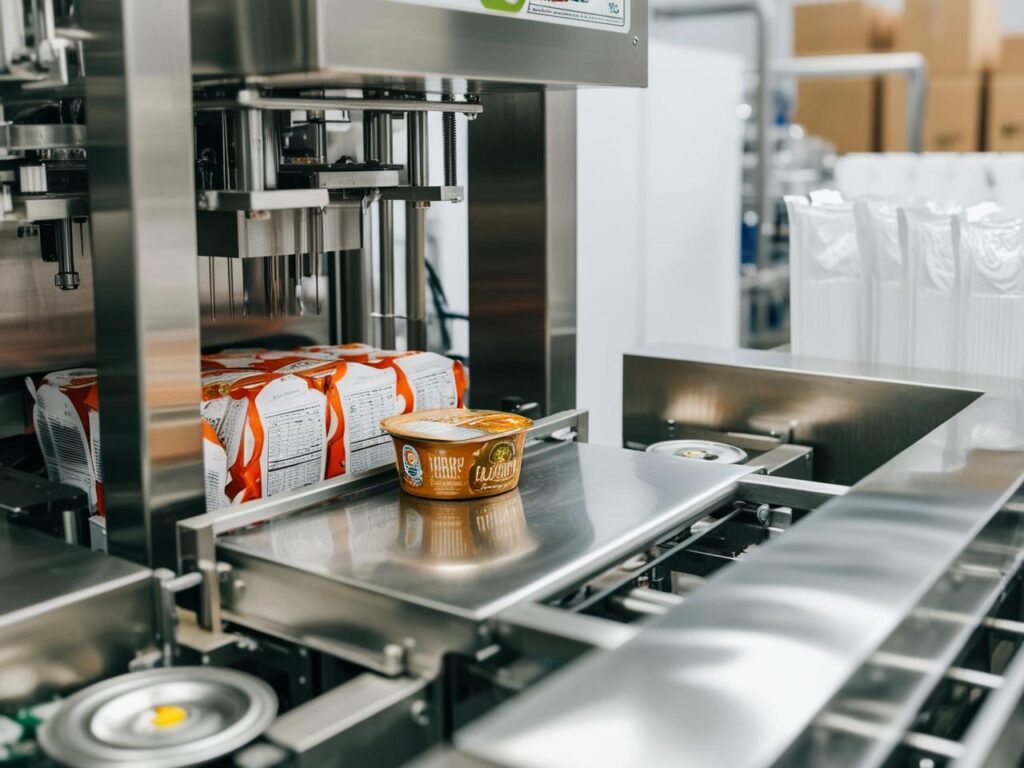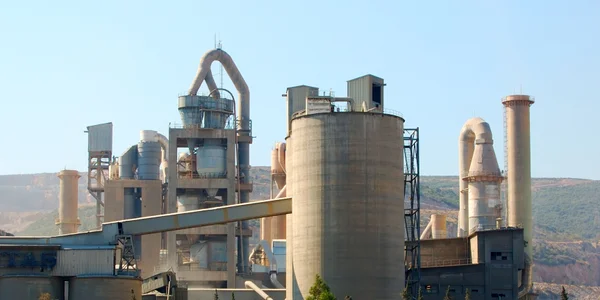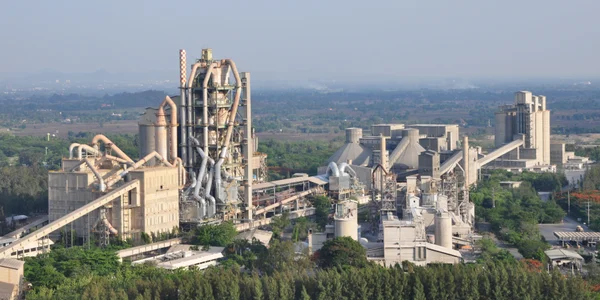Pisarne
SEDEŽ

Nemčija
- Intenzivni filter Himenviro Technologies GmbH
Neustraße 45 - 49, 42553, Velbert, Nemčija/Nemčija - +49 20534200990
OBMOČNI URAD

Velika Britanija
- Intenzivni filter Himenviro UK Limited
47, Bath Street WS13BX, Wallsall West Midlands, Velika Britanija - +44 1922 628893
OBMOČNI URAD

Združeni arabski emirati
- Intenzivni filter Himenviro Technologies FZE – LLC
Poslovni center, Sharjah Publishing City Free Zone, Sharjah, ZAE - +971-556074697
OBMOČNI URAD

Indija
- Intensiv-Filter Himenviro Private Limited
D-247/11, sektor-63, Noida - 201301, Uttar Pradesh, Indija - +91-120-4642-500
OBMOČNI URAD

Indija
- Intensiv-Filter Himenviro Private Limited
D-247/11, sektor-63, Noida - 201301, Uttar Pradesh, Indija - +91-120-4642-500
OBMOČNI URAD

Indija
- Intensiv-Filter Himenviro Private Limited
D-247/11, sektor-63, Noida - 201301, Uttar Pradesh, Indija - +91-120-4642-500
Rešitve za filtracijo zraka in prahu v živilski industriji
Živilska in pijačarska industrija je kompleksen in zelo reguliran sektor, ki se zanaša na natančne procese in stroge higienske standarde. Eden ključnih vidikov vzdrževanja teh standardov je učinkovit nadzor prahu. Procesi, kot so ravnanje z žitom, mešanje, blending in pakiranje, ustvarjajo drobne prašne delce, ki lahko onesnažijo izdelke, predstavljajo tveganje za zdravje delavcev in povzročijo morebitno nevarnost eksplozije.
Za reševanje teh izzivov ponujamo napredne filtracijske rešitve posebej zasnovani za živilsko in pijačarsko industrijo. Naši sistemi so zasnovani za zajemanje in odstranjevanje prašnih delcev, kar zagotavlja čistost izdelkov, varnost delavcev in skladnost s predpisi.
Postopek filtracije prahu v živilski industriji
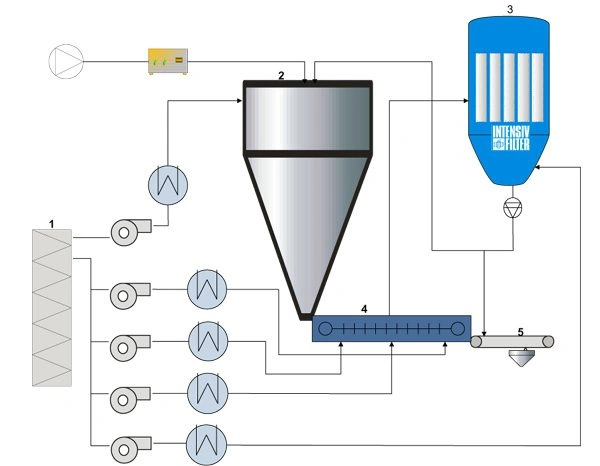
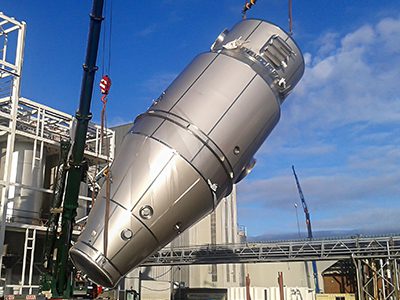
- 1. Zunanji filter
- 2. Sušilnik z razpršilom
- 3. CIP filter
- 4. Zunanja fluidizirana plast
- 5. Polnjenje
Zahtevane specifikacije za CIP filter
Tipični konstrukcijski podatki | CIP filter |
|---|---|
Prostornina plina | < 230.000 m³/h |
Temperatura plina | 80–90 °C |
Vrsta prahu | Suhi mlečni izdelki |
Vsebnost preostalega prahu | < 10 g/m³ |
Vsebnost prahu v surovem plinu | 20 mg/m³ |
Čiščenje | Na spletu |
Filtrirni medij | Poliester |
Zasnova z oceno eksplozije | ja |
Sorbent |
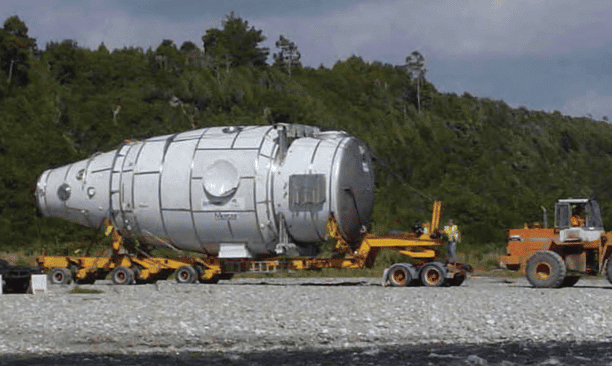
Uporaba naših izdelkov v živilski industriji

Zajema prah, ki nastane med prenosom razsutih materialov, kot so zrna, prah in kosmiči.
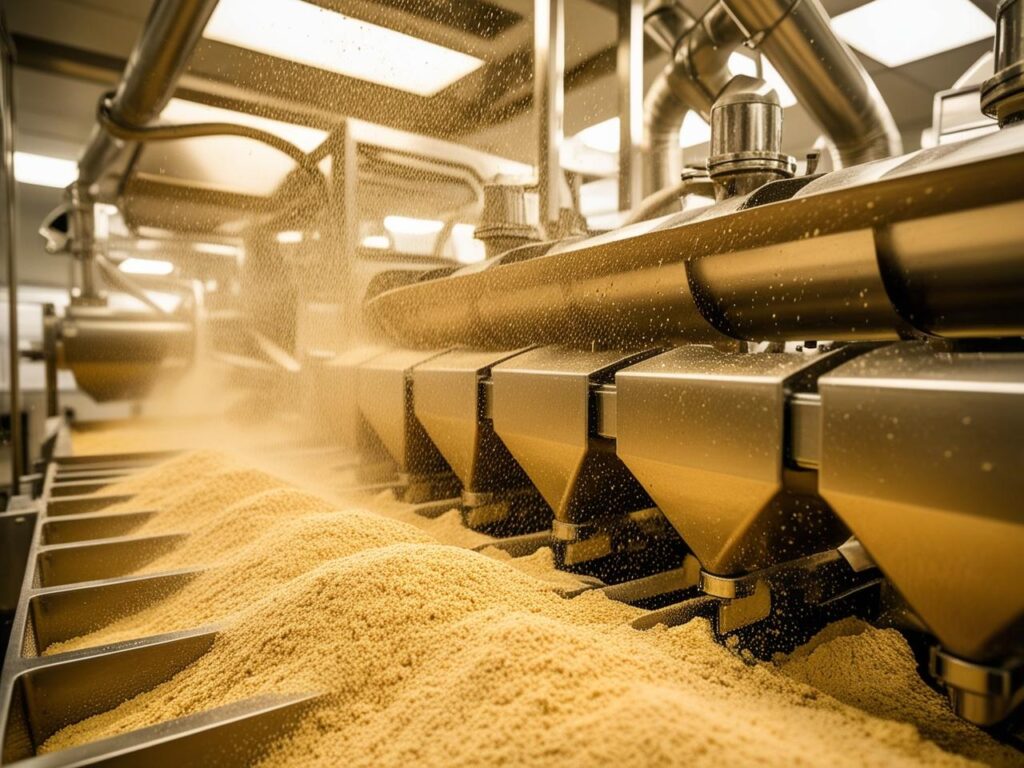
Nadzorujte emisije prahu iz visokoenergijskih procesov, kot so mletje, brušenje in drobljenje.
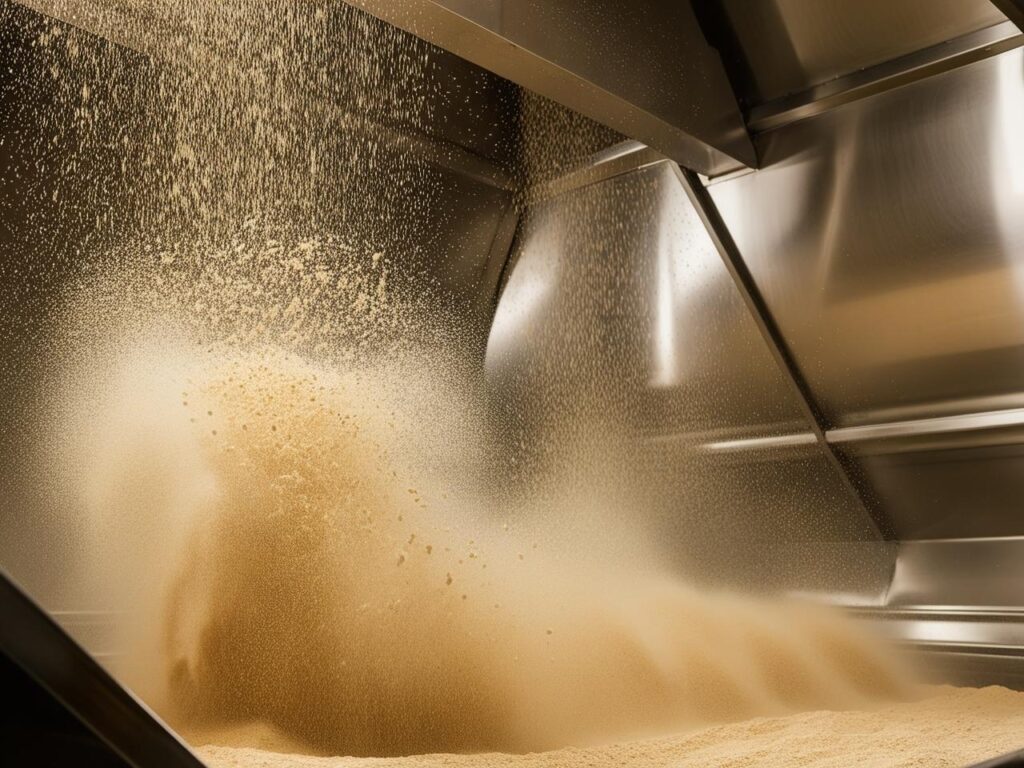
Regulativna krajina za nadzor prahu |
|---|
Predpisi o varnosti živil |
Skladnost s standardi FDA in USDA |
Zdravje in varnost delavcev |
Skladnost s predpisi OSHA |
Preprečevanje požarov in eksplozij |
Izvajanje standardov NFPA |
Varstvo okolja |
Kakovost in doslednost izdelkov |
Zmanjšani stroški izpadov in vzdrževanja |
Izzivi nadzora prahu |
|---|
Kontaminacija izdelka |
Tveganja za zdravje delavcev |
Nevarnosti požara in eksplozije |
Skladnost s predpisi |
Navzkrižna kontaminacija |
Rast mikrobov |
Spoštovanje strogih varnostnih predpisov o živilih |
Znižana kakovost izdelka |
Poškodba opreme |
Ključni dejavniki za učinkovito zatiranje prahu |
|---|
Izvedite učinkovito zajemanje prahu |
Zagotovite ustrezen pretok zraka in tlak |
Suhi mlečni izdelki |
Uporabite visoko učinkovite filtracijske sisteme |
Redno vzdrževanje in pregled |
Upoštevajte industrijske standarde |
Redno ocenjujte sistem za nadzor prahu |
Upoštevanje specifičnih procesov |
Ocena in zmanjševanje tveganja |
Povežite se z nami za strokovni posvet
Raziščite naše druge storitve!
Pogosto zastavljena vprašanja
V predelavi hrane običajni filtracijski sistemi vključujejo membranske filtre (kot so mikrofiltracija, ultrafiltracija, nanofiltracija in reverzna osmoza), globinske filtre, filtre z aktivnim ogljem in sisteme z ultravijolično (UV) svetlobo. Te tehnologije se uporabljajo za odstranjevanje fizikalnih, kemičnih in bioloških onesnaževalcev, s čimer se zagotavlja čistost in varnost izdelkov.
Filtracijski sistemi zagotavljajo skladnost s standardi varnosti živil z učinkovitim odstranjevanjem onesnaževalcev, vključno z mikroorganizmi, delci in kemičnimi ostanki, iz surovin in izdelkov. Ta postopek čiščenja pomaga izpolnjevati regulativne zahteve in ohranja visoke standarde kakovosti končnih živilskih izdelkov.
Filtracijski sistemi ohranjajo kakovost in doslednost izdelkov z odstranjevanjem neželenih delcev, mikroorganizmov in drugih onesnaževalcev iz sestavin in končnih izdelkov. To zagotavlja, da vsaka serija izpolnjuje želene standarde čistosti in kakovosti, kar vodi do enotnosti okusa, videza in varnosti vseh izdelkov.
